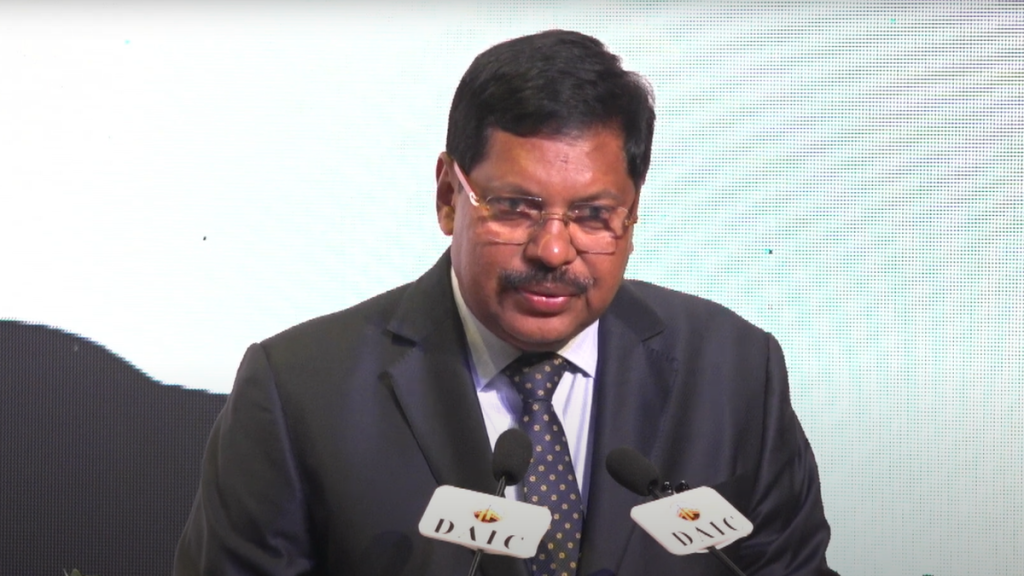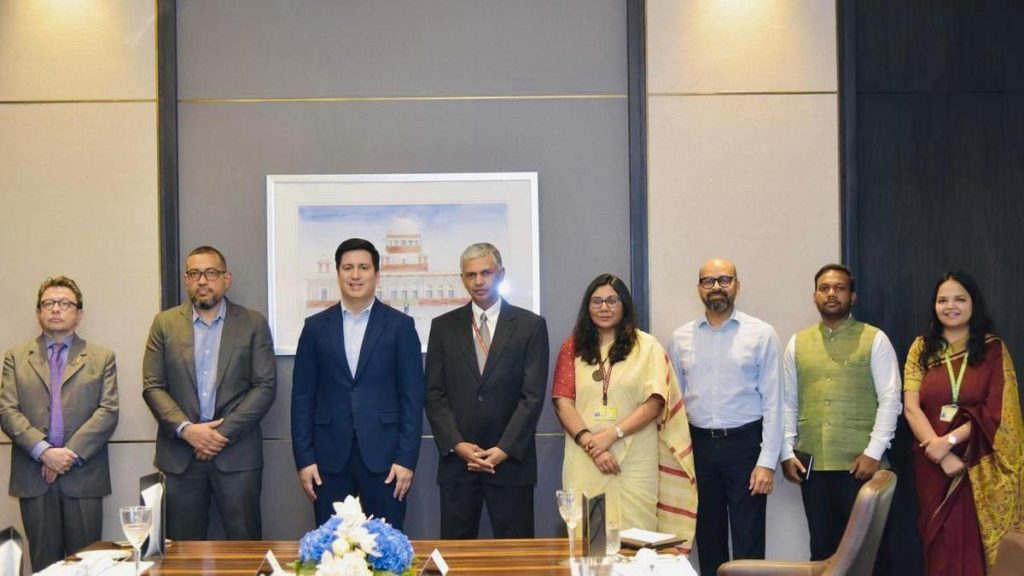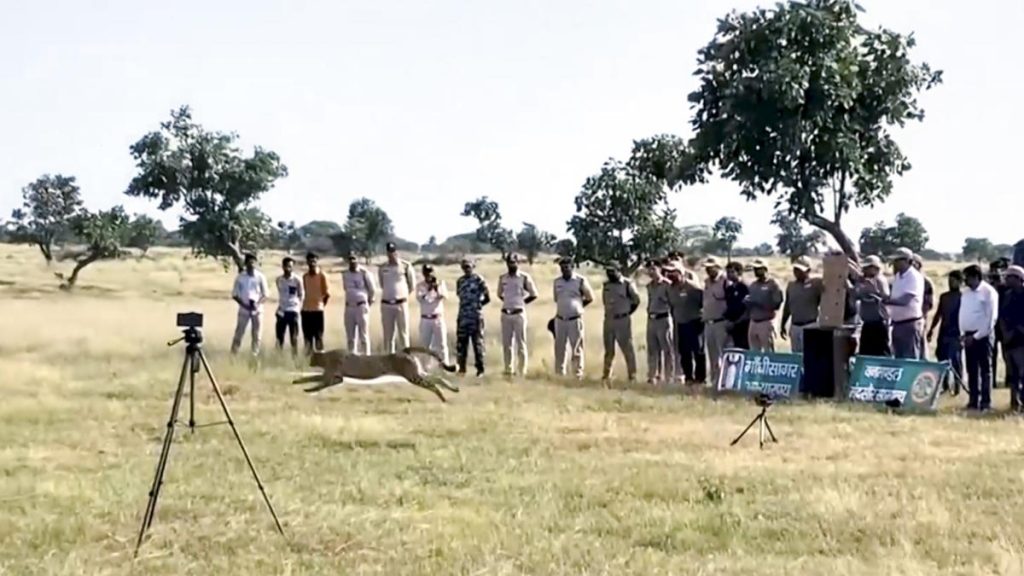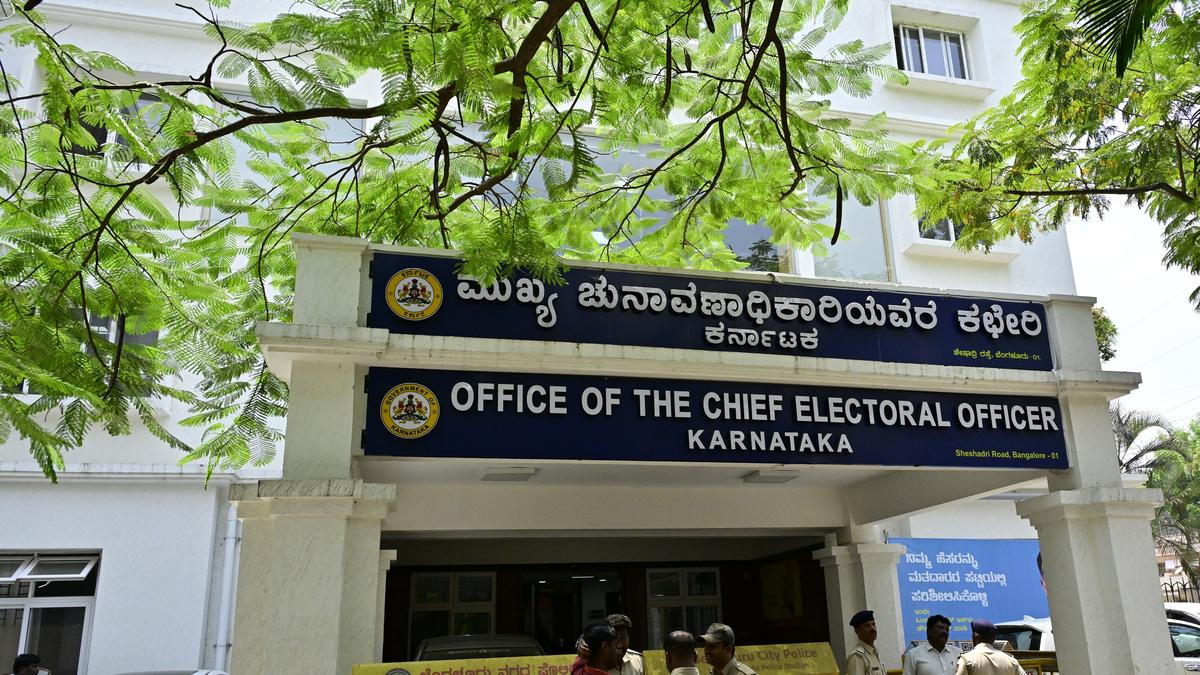Now Reading: Evening Showers Catch City by Surprise
-
01
Evening Showers Catch City by Surprise
Evening Showers Catch City by Surprise
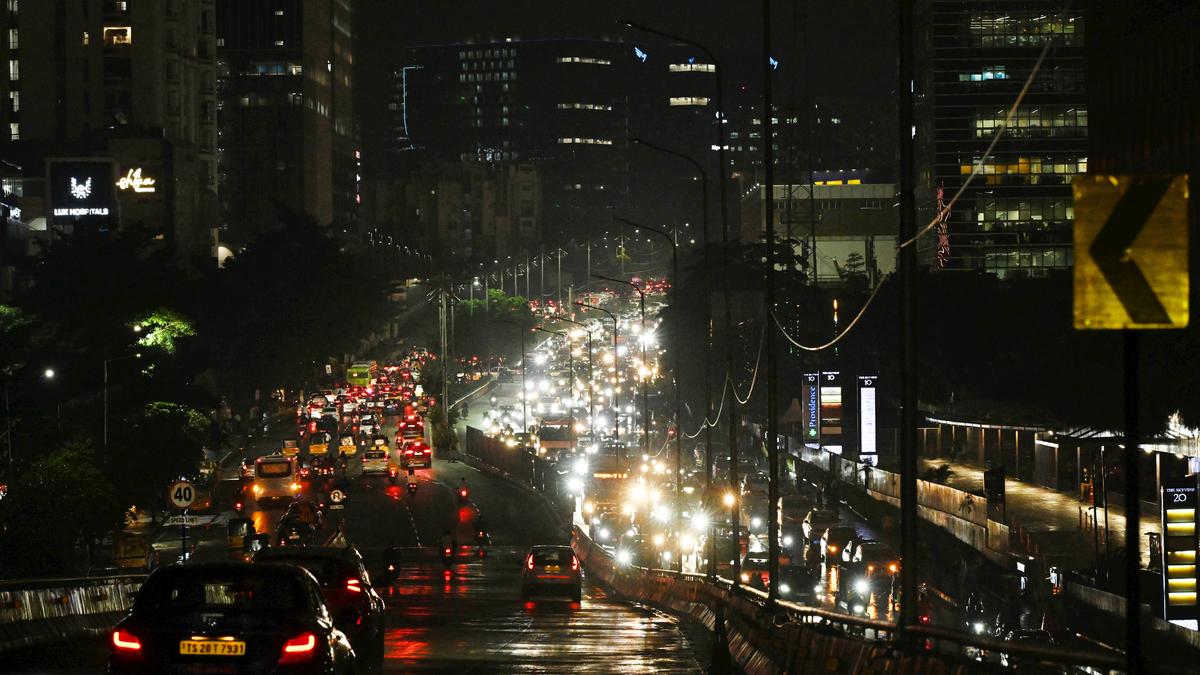
Rapid Summary
- Hyderabad experienced heavy evening rainfall on september 17, creating meaningful traffic disruptions. Several areas were inundated, worsening the situation during peak commuting hours.
- Rainfall exceeded 100 mm at four locations, with the highest recorded at 126 mm in the University of hyderabad.
- Major traffic bottlenecks occurred across key stretches like Begumpet, Banjara Hills, Jubilee Hills, Raidurgam IKEA Junction, Kukatpally-JNTU road and several others in both Cyberabad and Secunderabad regions. Parking issues and waterlogging compounded congestion throughout the city.
- Disaster Response Force (DRF) teams from HYDRAA worked to clear inundated areas alongside Traffic Police personnel stationed at major junctions to manage gridlocks.
- Data from Telangana Growth Planning Society revealed high rainfall intensity across multiple localities ranging between 50 mm to over 120 mm in prominent residential and commercial zones of Hyderabad.
- Chief Minister A.Revanth reddy called for coordinated action among departments including GHMC and disaster response agencies while urging caution for residents in low-lying flooded areas.
Indian Opinion Analysis
The heavy rains disrupting life in Hyderabad highlight recurring urban challenges faced during monsoons by rapidly growing metropolitan cities like this one. The consistent waterlogging and traffic disruption underscore inadequate drainage infrastructure compounded by narrow streets overcrowded with parked vehicles-issues that demand long-term planning rather than only temporary measures after events occur.
Efforts by DRF teams and police suggest robust emergency response coordination is growing; however systemic solutions remain essential for smoother functional readiness particularly accounting unpredictable cycles monsoon adapting better buffers mitigation



